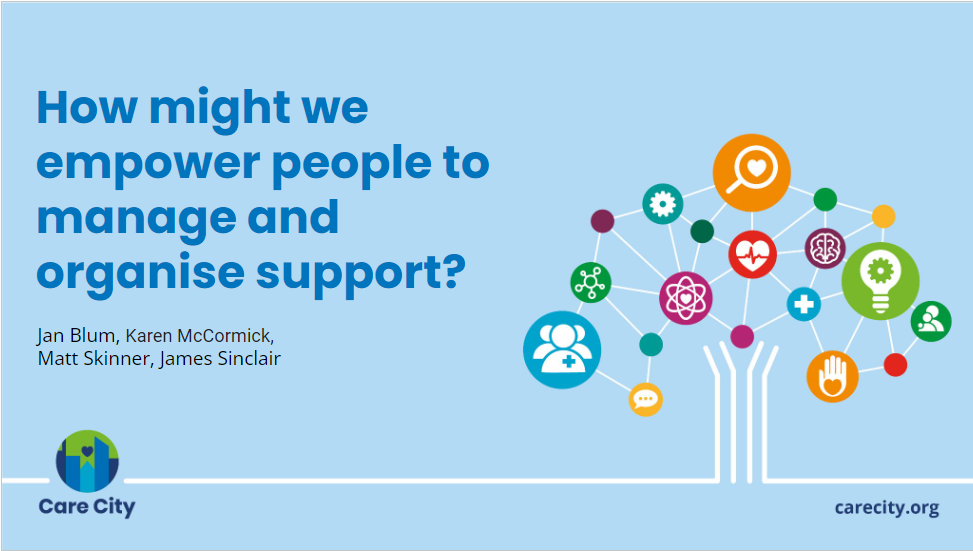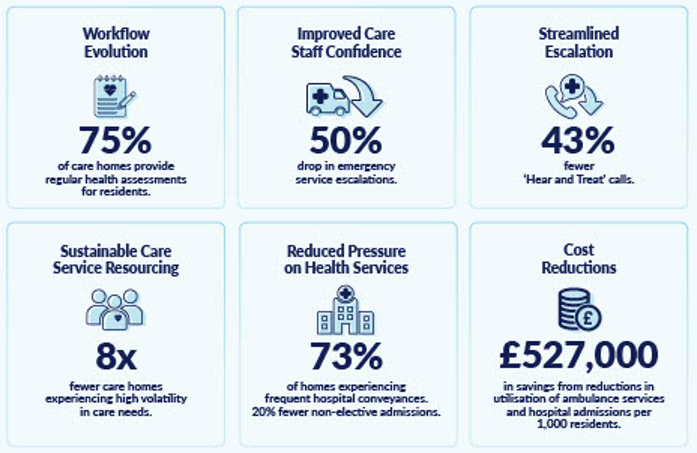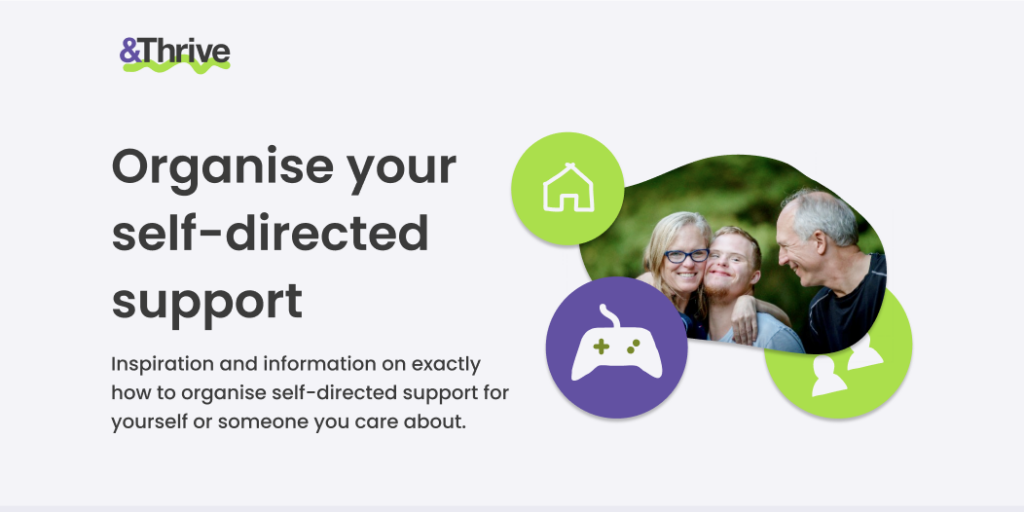Technology for better self-directed support
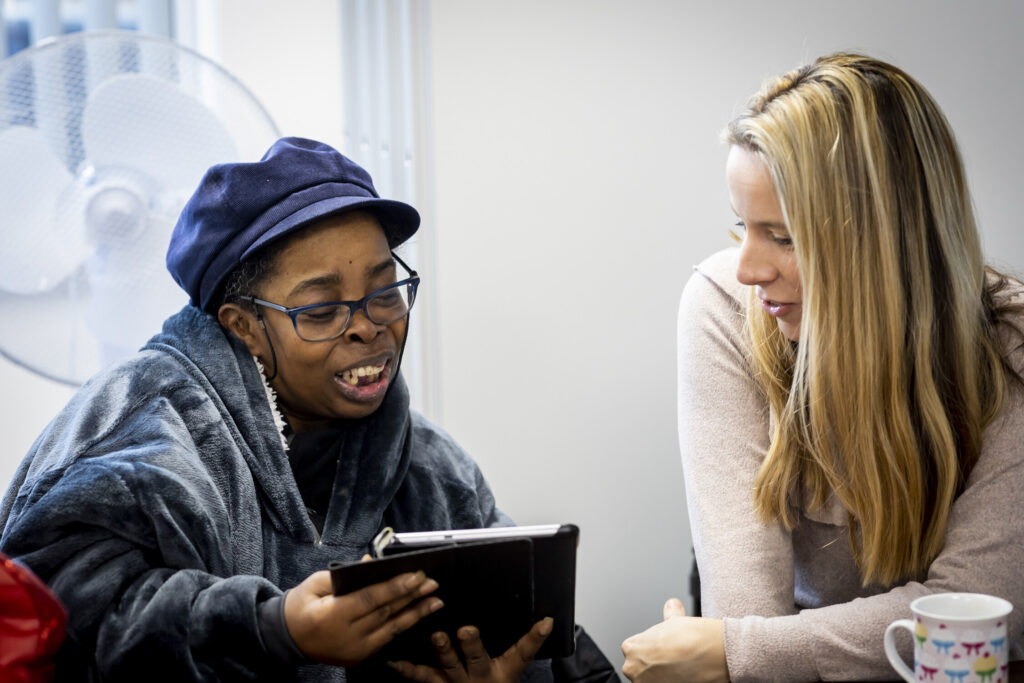
Neil Crowther‘s blog explores why and how we might support people to manage and organise care support & the role co-design & partnership plays in achieving success.
Self-directed support isn’t a new idea. The disabled people’s independent living movement that developed the approach in the USA, UK and globally emerged in the early 1970s. It has gone on to have a profound influence on law, policy and practice, including in the Care Act 2014 and international human rights law. Its goal is simple: people with reason to draw on care or support should enjoy the same rights to choice, control, participation and inclusion as everyone else, and hence, that control over support needs to be in the hands of those with reason to draw on it to live their life.
Yet achieving deep change to our social welfare systems to support this goal has proved far less simple, with the default setting of ‘caring for’ people and cultures of protection and control proving hard to shift. Indeed, despite legislative progress in England, recent years have seen a decline in the number of people opting to use direct payments to commission their own support and the closure of crucial local platforms for mutual support.
This default to ‘caring for’ and ‘doing to’ can also often be seen in how new and emerging digital technologies are being imagined or deployed in the social care field, centred as they are on ‘digitalising care providers’ or on technologies for remote surveillance, such as movement monitors, acoustic listening or wearable devices, rather than placing more power in people’s hands.
In Control and Care City saw the Health Foundation’s ‘Tech for Better Care’ programme as an opportunity to explore how new and emerging technologies can help to reverse this trend and revitalise self-directed support, expanding and deepening choice and control. We were therefore delighted to be invited to join The Health Foundation’s new £2m innovation programme to explore how tech can help people to self-direct their support and connect as a community.
Why is there a need for change?
Various factors have impeded the ability of people and families to optimise self-directed support, and it is towards ameliorating or overcoming these that our opportunity is focused. Specifically:
- The depletion over time of the relational ‘scaffolding’ in support of people assuming control over their or their family’s own support, in particular of peer support via user-led organisations and self-advocacy groups
- For some, the administrative burden of these arrangements, including the demand to provide evidence to the Local Authority that payments have been used appropriately against increasingly restrictive guidelines, forefronts a transactional approach whereby direct payments permit only the purchasing of support from a limited menu of prescribed providers
My daughter leads the interview process for finding a personal assistant. Potential candidates need to like Disney and nail art.
Co-design participant
These are likely reasons why the national proportion of Social Care Service users choosing direct payments has remained consistently low (around 25%) over the past 8 years, and certain areas have seen a significant decrease, e.g. Barking and Dagenham with a 27.1% decrease in uptake in the past eight years. There are, therefore a significant number of people who are not benefiting from self-directed support. We assume that if the supportive infrastructure that offered convenience helped build confidence and optimised choice and control were in place, that uptake and benefit would be greater at a time when the impact and value of scarce public resources need to be fully optimised.
Tech can play a role in overcoming these challenges
This project explores using technology as the digital scaffolding to offer greater convenience and confidence to people in exercising choice and control through self-directed support. It aims to:
- Develop mechanisms to reduce administrative burdens without ceding choice and control
- Improve communication flow between people drawing on support and their circle of support, including family and personal assistants as appropriate
- Create an easy way to connect individuals with a community of people accessing self-directed support, share challenges, solutions and draw inspiration and confidence
I would not talk to the NHS or DP related authorities. I would go to peer support groups.
Co-design participant
Co-production is at the heart of solution development
People who draw on self-directed support co-lead this project, being centrally involved at every stage. These insights, alongside insights gathered from wider circles of support, will be brought together with insights from Local Authorities and tech experts to inform the co-development phase. Barking and Dagenham, Kingston Upon Thames, and Sheffield Councils have already confirmed they will contribute insights, and In Control will use their extensive network of Local Authorities to gather more. Through working across these diverse stakeholders to understand needs and the opportunities for support and testing our assumptions, potential solutions will be co-developed for testing including via a clickable Figma prototype app.
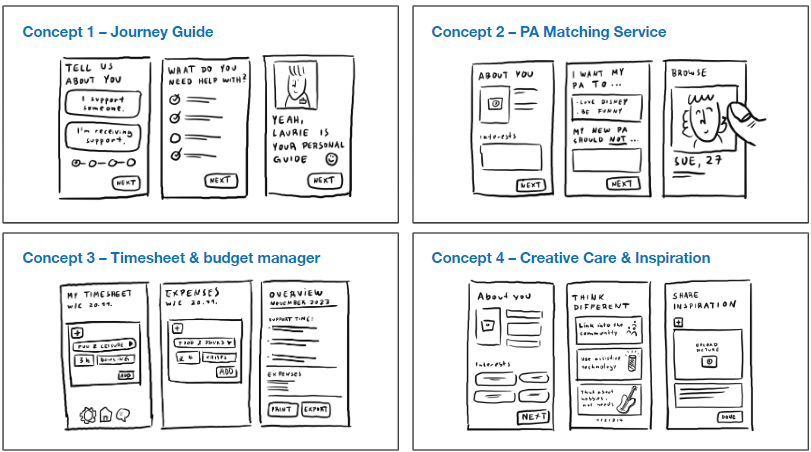
In considering questions of scaling and spread, the project will also explore how technology might best be made available to people, such as via licensing by local councils or Integrated Care Systems or via the open market and its financial sustainability and interoperability with other systems, existing or otherwise.
Partnership is making these changes possible
It’s not just the funding and an appetite for change that is making this project possible, The partnership between Care City and its user-centred design expertise and In Control, with its history of promoting self-directed support and experience and advocacy of co-production is offering a unique and powerful fusion of design approaches and methodologies. Allied to this are our various networks, including Partners in Policy Making, the Be Human community, Social Care Future’s network and the Independent Living Group, as well as the support and engagement of our Co-Design group, increasing the chances of success.
“Fantastic to be part of the Health Foundation’s Tech for Better Care programme with partners In Control & Neil Crowther exploring how tech can enable self-directed support. There are some brilliant ideas and teams involved in the programme, such as Shared Lives, which provides an opportunity for more people who may be on the edge of crisis to benefit from day or respite support within the Shared Lives community. We’re delighted to be joining them in this unique opportunity”
Matt Skinner, CEO, Care City

